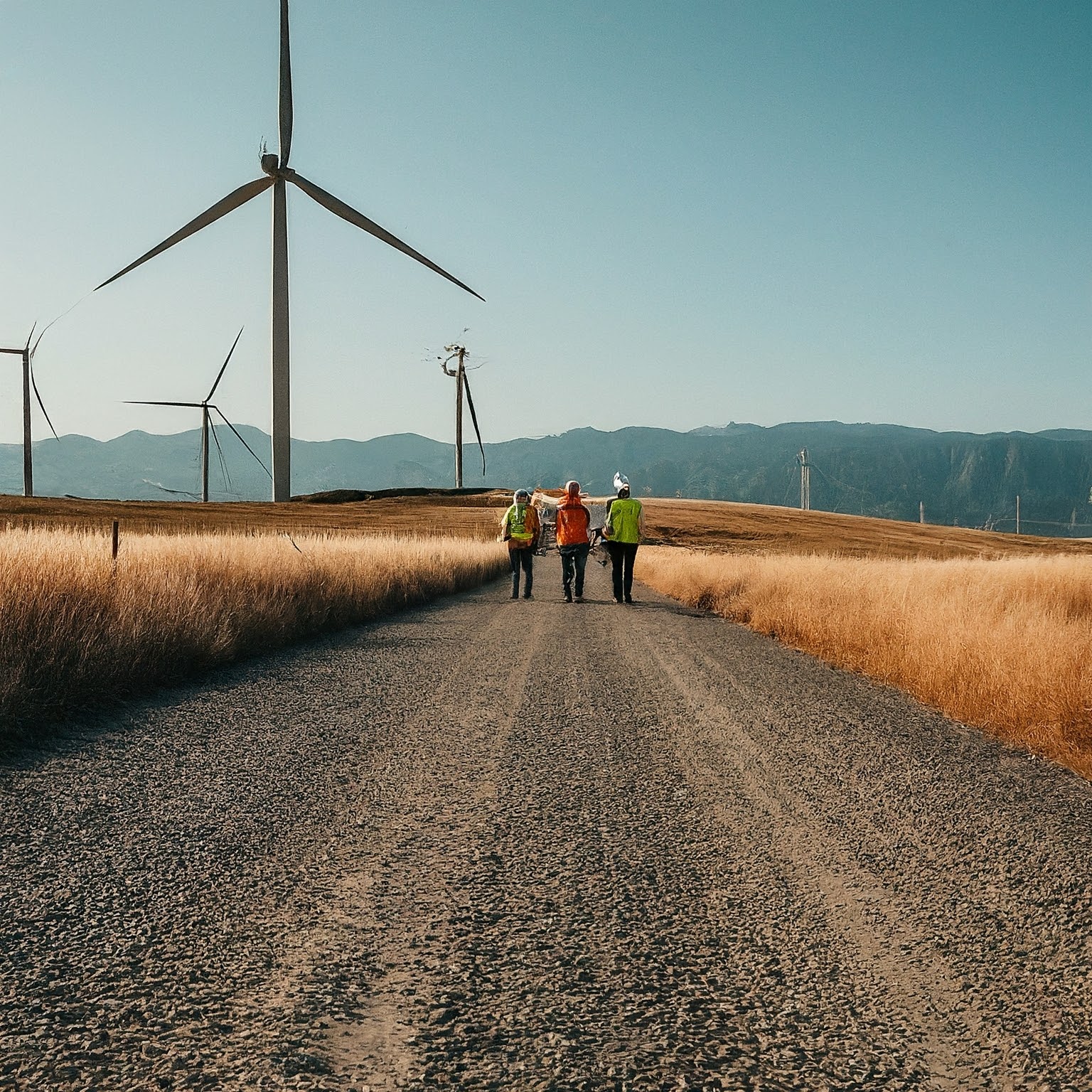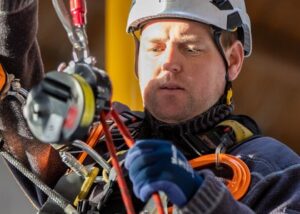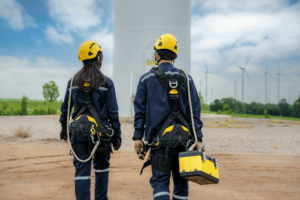The Evolving Role of Wind Technicians in the Renewable Energy Landscape
As renewable energies have moved from the fringes to the mainstream of global energy production, the role of wind technicians has evolved significantly. Once considered a niche job, the position of a wind technician is now a cornerstone of the burgeoning wind energy industry. These skilled professionals are essential in ensuring the operational efficiency and safety of wind turbines, which are critical components in the shift towards sustainable energy. This article delves into the role of wind technicians, highlighting how the job has transformed over the years.
What is a Wind Technician?
A wind technician, also known as a wind turbine technician, is responsible for the installation, maintenance, and repair of wind turbines. These professionals play a vital role in the operation of wind farms, ensuring that turbines function optimally to generate electricity. The primary duties of a wind technician include:
- Installation: Setting up new wind turbines, which involves assembling mechanical components, electrical systems, and ensuring proper alignment.
- Maintenance: Performing regular inspections and preventive maintenance to keep turbines running smoothly. This includes checking the mechanical, electrical, and hydraulic systems.
- Repair: Diagnosing and fixing issues that arise, such as mechanical failures or electrical malfunctions. This often requires climbing tall towers and working in confined spaces.
The Early Days of Wind Technology
When wind energy was in its infancy, the role of a wind technician was relatively straightforward but highly demanding. Early turbines were smaller and less complex, but they required frequent maintenance due to technological limitations and wear and tear. Technicians often worked in isolated, rural areas with minimal infrastructure, making the job physically challenging and sometimes hazardous.
In the early days, the primary focus was on basic mechanical skills. Technicians needed to be adept at using hand tools, understanding simple electrical circuits, and performing routine maintenance tasks. Safety protocols were less stringent, and the job required a high degree of manual labor and physical endurance.
The Transformation of Wind Technology
As renewable energy gained prominence, the wind energy sector experienced significant technological advancements. Turbines grew in size and complexity, incorporating sophisticated electronics, advanced materials, and cutting-edge control systems. These changes have had a profound impact on the role of wind technicians.
Increased Complexity: Modern wind turbines are marvels of engineering, featuring advanced sensors, computerized control systems, and aerodynamic designs. Wind technicians now need a solid understanding of electronics, software, and hydraulics in addition to traditional mechanical skills.
Safety Enhancements: The industry has seen a substantial improvement in safety standards. Enhanced safety gear, rigorous training programs, and strict adherence to safety protocols have made the job safer. Technicians are trained in rescue operations and first aid, and they must follow stringent guidelines to mitigate risks associated with working at heights and in confined spaces.
Predictive Maintenance: The shift from reactive to predictive maintenance has transformed the day-to-day activities of wind technicians. Using data analytics and real-time monitoring systems, technicians can predict potential issues before they cause turbine failures. This proactive approach reduces downtime and increases the overall efficiency of wind farms.
Remote Monitoring: Advances in technology allow for remote monitoring of turbine performance. Wind technicians can now diagnose issues and sometimes even resolve them without needing to be physically present at the turbine site. This reduces the need for on-site visits and allows technicians to manage multiple turbines more effectively.
Specialization and Training: With the increasing complexity of wind turbines, specialized training programs have become essential. Technicians often undergo extensive training, including certification programs offered by organizations like the Global Wind Organization (GWO). These programs cover a wide range of skills, from basic turbine maintenance to advanced electrical and hydraulic systems.
The Modern Wind Technician
Today’s wind technician is a highly skilled professional who combines physical dexterity with technical expertise. The role requires a mix of skills, including:
- Technical Knowledge: Proficiency in electronics, software, and mechanical systems is crucial. Technicians must be able to interpret complex technical diagrams and troubleshoot advanced systems.
- Safety Consciousness: A strong commitment to safety is essential. Technicians must adhere to strict safety protocols and use protective equipment to prevent accidents.
- Problem-Solving Skills: The ability to quickly diagnose and fix issues is vital. Technicians often work under pressure to restore turbines to full operation as quickly as possible.
- Physical Fitness: The job remains physically demanding. Climbing tall structures, working in confined spaces, and enduring various weather conditions require a high level of physical fitness and endurance.
- Adaptability: The renewable energy sector is dynamic, with continuous advancements in technology. Wind technicians must be willing to learn and adapt to new tools, techniques, and systems.
The Future of Wind Technicians
The role of wind technicians will continue to evolve as the renewable energy sector grows and innovates. Future advancements may include the use of drones for inspections, further integration of artificial intelligence for predictive maintenance, and the development of even more sophisticated turbine technology.
In conclusion, the role of wind technicians has transformed dramatically since the early days of wind energy. From basic mechanical maintenance to managing complex, high-tech systems, wind technicians are at the forefront of the renewable energy revolution. As the industry continues to evolve, these professionals will play an increasingly critical role in ensuring the reliability and efficiency of wind power, contributing significantly to the global push for sustainable energy solutions.
Want to get Into Wind?
Click the button to learn more



